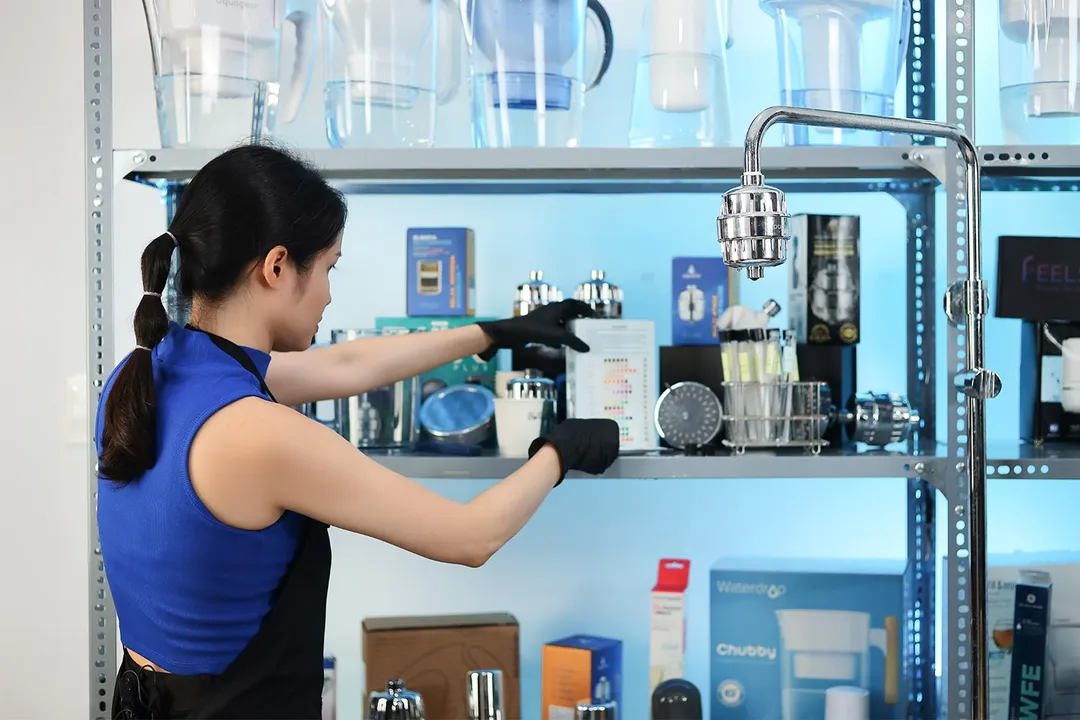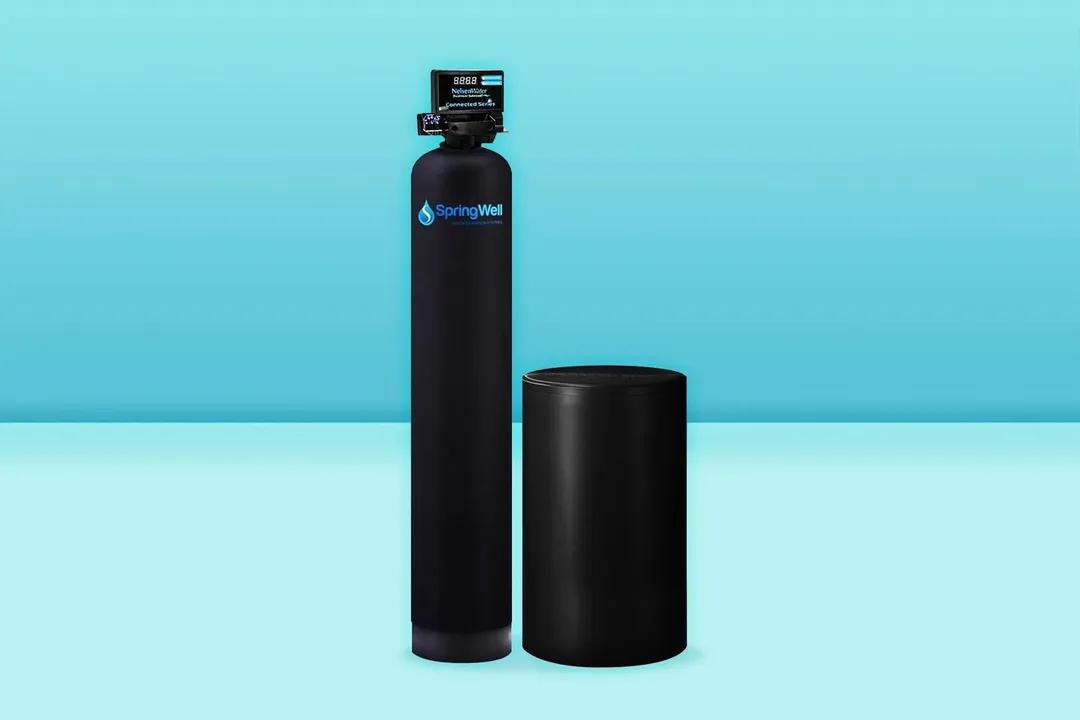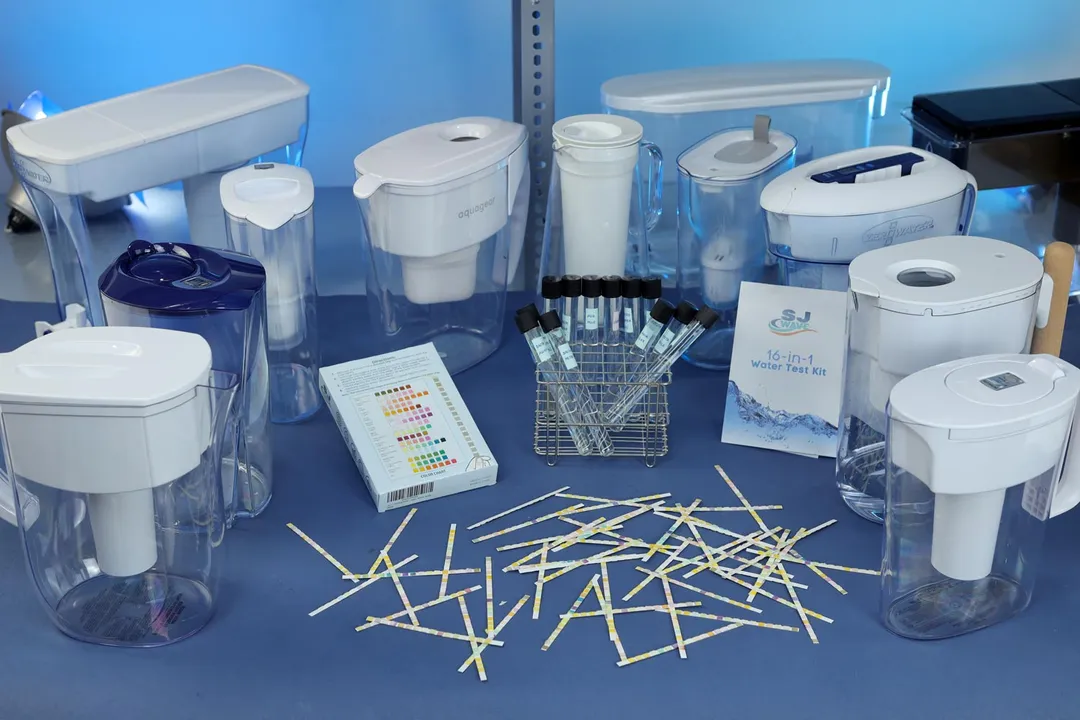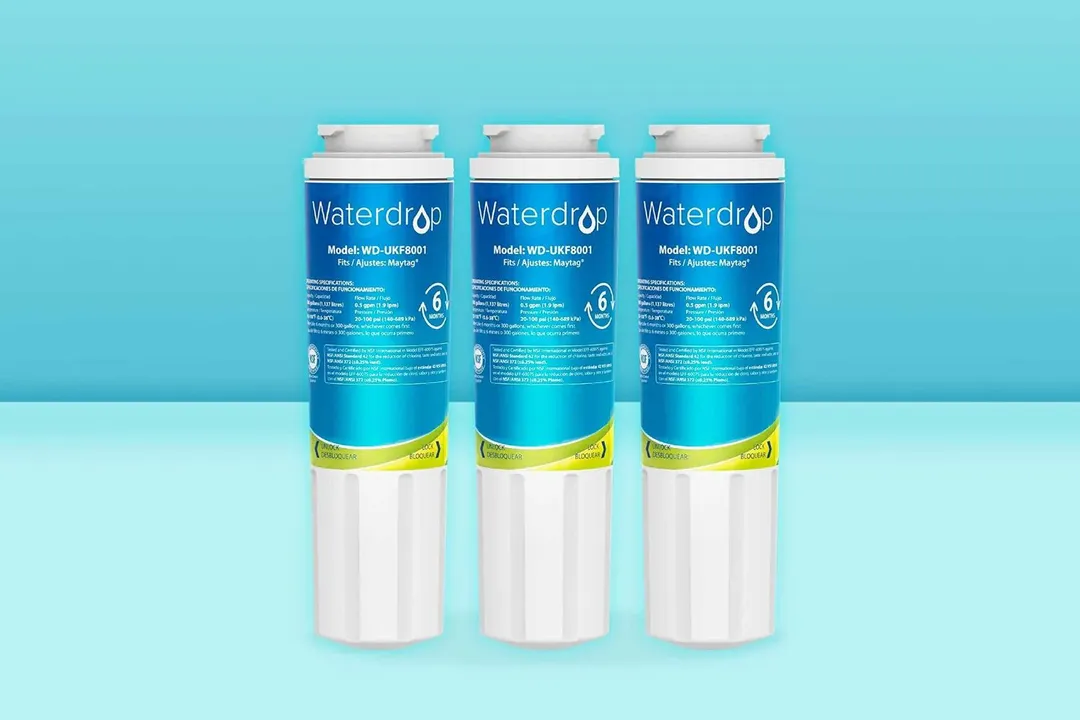Brita vs. PUR: Which Is The Better Water Filter?

Brita and PUR are the two names that immediately come to mind wherever home water filtering is concerned.
Both companies are veterans in the business with decades of experience. In all of that time, they have both built reputations as dependable, quality suppliers of household filtering systems. But considering their apparent parity, it can be hard to choose a company to stick with.
In this Brita vs. PUR water filtering guide, we want to lay that debate to rest once and for all.
Why You Should Get a Home Water Filtration System
Tap water is never perfectly clean no matter how good the local water treatment plant is. This is because the water still has to travel through miles of pipeline in order to reach your home. These pipes aren’t always the most sanitary.
According to the EPA, they can be breeding grounds for microorganisms like E.coli, Giardia, and Noroviruses. As water flows through the pipes, these unsavory critters can be swept up and carried along to people’s houses.
Microorganisms aside, tap water can also contain noxious inorganic compounds like lead and arsenic, hazardous organic compounds (glyphosate, atrazine, etc.), and disinfectants (chlorine, chloroform, etc.)
In high concentrations, all of the aforementioned chemicals can cause various gastrointestinal illnesses. In more serious cases like arsenic contamination, drinking untreated water can elevate the risks of cancer.
But health concerns aren’t the only reason people invest in in-home water filtration. One of the most popular reasons is simply because people dislike the taste of tap water.
Tap water contains chlorine, dissolved minerals, and assorted contaminants. These aren’t necessarily hazardous, but do give the water a characteristic metallic, salty-bitter taste and a faint odor. If this bothers you, most domestic water filters are equipped to neutralize these odors and flavors.
Water Faucet Filters & Pitcher Filters
Brita and PUR both sell two distinct types of water filters: water faucet filters and pitcher filters.
Water Faucet Filters
Water faucet filters are mounted directly onto the kitchen faucet or other water outlets around the house in order to provide convenient drinkable water.
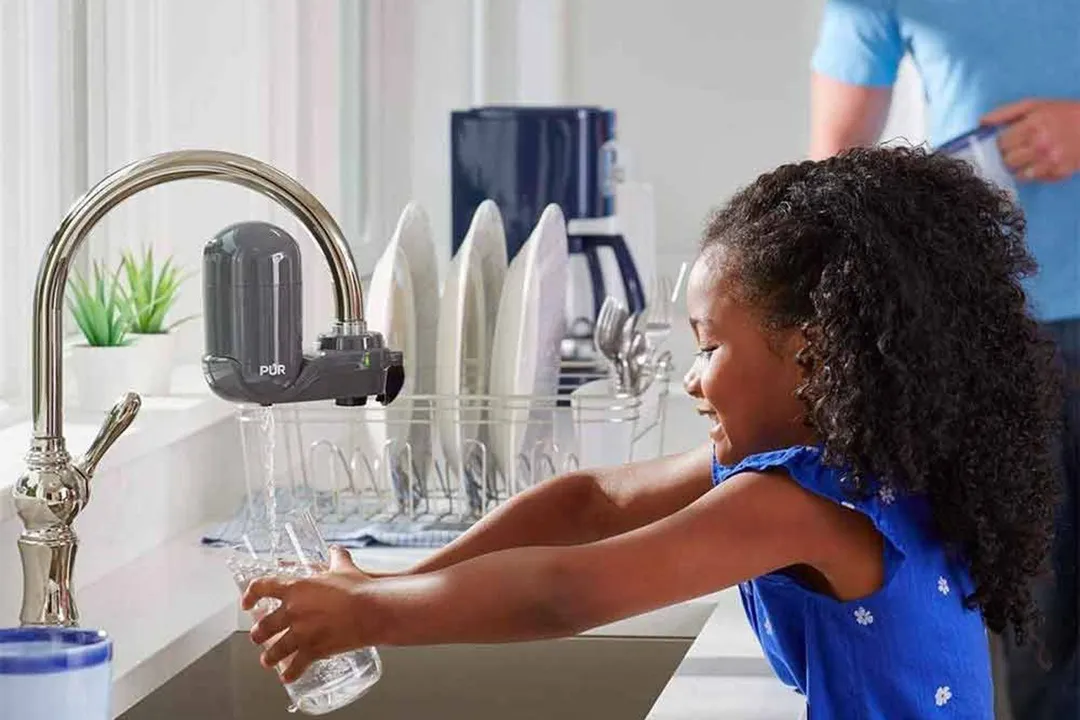
Advantages
When unfiltered tap water passes through the filtering unit, the filter media inside removes contaminants like dissolved minerals, harmful debris, toxic chemicals, and germs. But the filter doesn’t just make water safer for consumption — it can eliminate strange tastes or odors as well.
Thus, faucet filters are great options for people who are focused on convenience. They will also be good investments for people who dislike the off-taste of chlorinated or mineral-laden water that comes directly from the treatment plant.
Disadvantages
You should also be aware of some of the disadvantages of water faucet filters, however.
Their maintenance cost tends to be quite high. Faucet filters wear out much quicker than their pitcher-mounted counterparts. For example, while the Brita Longlast pitcher filter can serve for over six months continuously, the Brita Faucet Mount filter has a maximum service life of about four months. Thus, it’s not uncommon for the annual maintenance cost of a single faucet-mounted filtering unit to reach as high as $70 - $100.
Because the filtering unit is so small, the contact time between the unit’s filter media and the water is very short. That means filtration will not be as efficient as with larger filtering units such as pitcher filters.
Faucet filters typically use single-stage activated carbon filters (otherwise known as “solid carbon filters.” This type requires high water pressure to function. If the pressure is too low, water cannot force itself through the filter media and you won’t get any water from the faucet at all.
Most importantly, faucet filters’ performance varies wildly from one model to another. While many models can take out dissolved minerals, germs, and other contaminants, some will only be able to take care of the taste and smell of the water. Read the product description and fine print carefully before you make your purchase.
Pitcher Filters
Pitcher filters are fitted atop water containers instead of mounted on the kitchen tap. When unfiltered water is poured into the inlet, the core filter takes out all of the contaminants present and clean water is ultimately released into the primary reservoir. The filtering process can take anywhere from a few seconds to several minutes depending on how much water you pour into the pitcher.

The filter technology most often used in pitcher filters is Granular Activated Carbon (GAC). Small grains of activated carbon trap large debris and prevent them from flowing through the filter. At the same time, the activated carbon will absorb any contaminants like chlorine, mercury, and lead that come into contact with it.
Advantages
The biggest advantage of using a pitcher filter is that its filtering efficiency is far better than that of the smaller tap-mounted units. The larger, more robust filter media has a longer contact time with the water and thus can trap more debris and chemicals. The longer “steep time” inside of the filter cartridge also makes it more effective at removing bad flavors and odors from the water.
GAC filters don’t require high water pressure like the solid-state faucet filters. Pour the water into the inlet and the pull of gravity alone is enough to make the filter function.
There’s no installation required when using a pitcher filter. Insert the filter cartridge into its purpose-built compartment inside of the pitcher and you can use it immediately.
There’s also the cost advantage to using a pitcher filter. Most people use their water-filtering pitcher only for drinking water, unlike faucet-mounted filtering units that also have to produce water for other jobs. Thus, this kind of filter wears out more slowly and requires less frequent maintenance and replacement.
Therefore, this will be a better choice for you if you’re either shopping on a budget or just want to have better filtering ability at home.
Disadvantages
As you might expect, the capacity of a pitcher filter’s water supply is limited. Most models can provide around 8 to 10 cups of water at a time. Once that amount runs out, you will have to refill the pitcher and wait 15 minutes for the filter to re-process. The wait time after each filling is the most inconvenient part about this type of filter.
Though highly effective initially, GAC filters can lose their filtration ability fairly quickly. Water can create a straight channel through the loose activated carbon granules after a few months of use, rendering the filter ineffective. Even if they’re not frequently used, GAC filters are known to collect bacteria and organic materials. In this case, they must either be chemically treated or replaced entirely.
On average, a pitcher filter has to be replaced once every three months.
Related post: Zero Water vs Brita
All You Need to Know About Brita Filters
Brita’s portfolio currently has two universal filters: the Brita Standard and Brita Longlast. Any Brita-branded pitchers and dispensers can accept either of these filters.
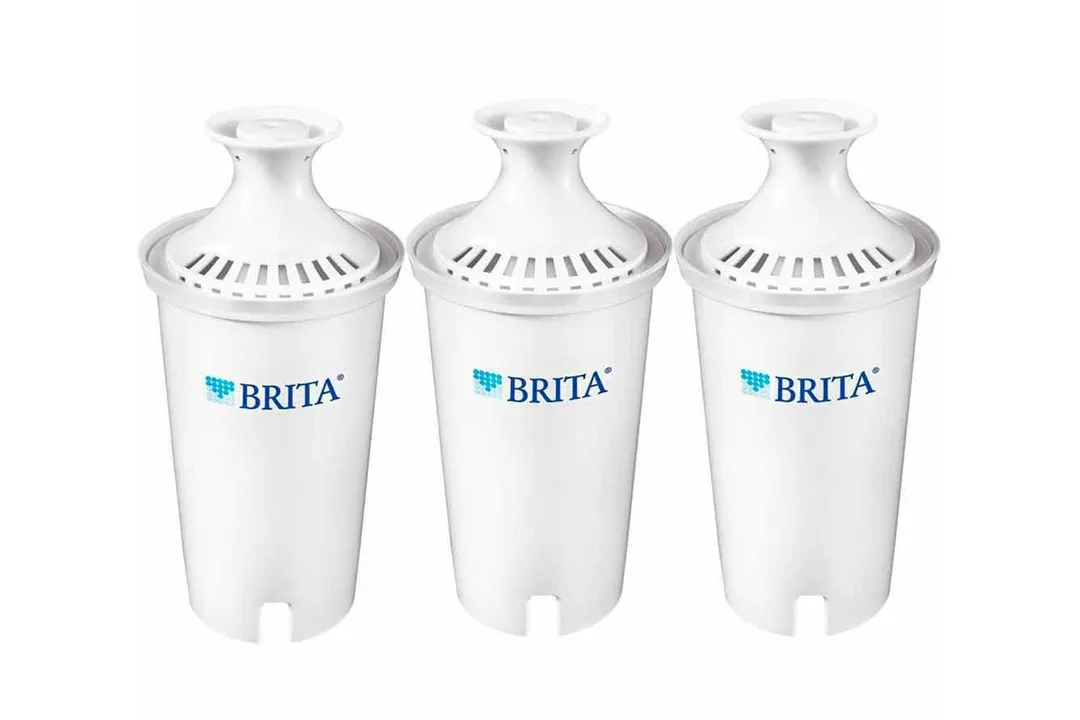
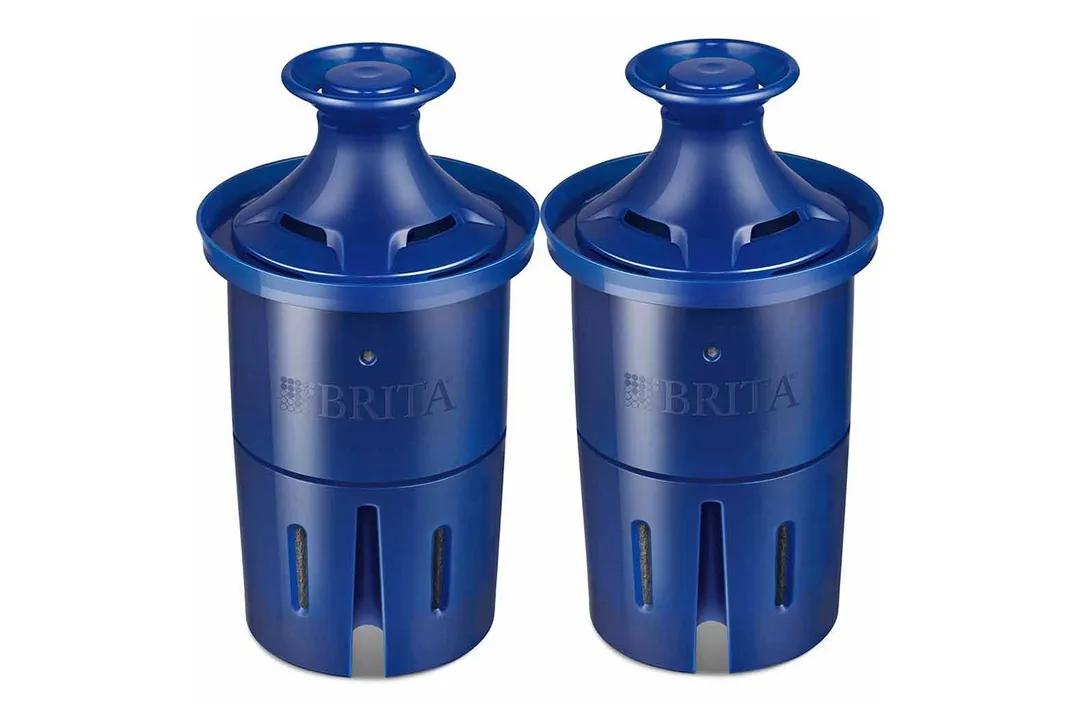
By design, the Standard and the Longlast are similarly constructed: both use Granular Activated Carbon (GAC) tech and ion-exchange resin beads. Nonetheless, their respective performance and longevity are different.
A third filter model is the Brita Stream, which is only compatible with products in the Stream line-up. It consists of a single-stage activated carbon filter that’s usually found in faucet filters. As such, you will need high pressure to get any fresh water through this filter.

One thing of note is that the Brita Stream filter is not designed for intense filtering. It will only be able to eliminate basic chemicals like chlorine, some particulates, and debris.
The fourth and final major type of Brita filter is the Faucet Mount filter. Like all other faucet filters on the market, it runs a single-stage activated carbon filter. Although it functions in the same way as the Brita Stream, the Faucet Mount has significantly better filtering performance. As you can see below, it is, in fact, the best-performing filter that Brita currently offers.
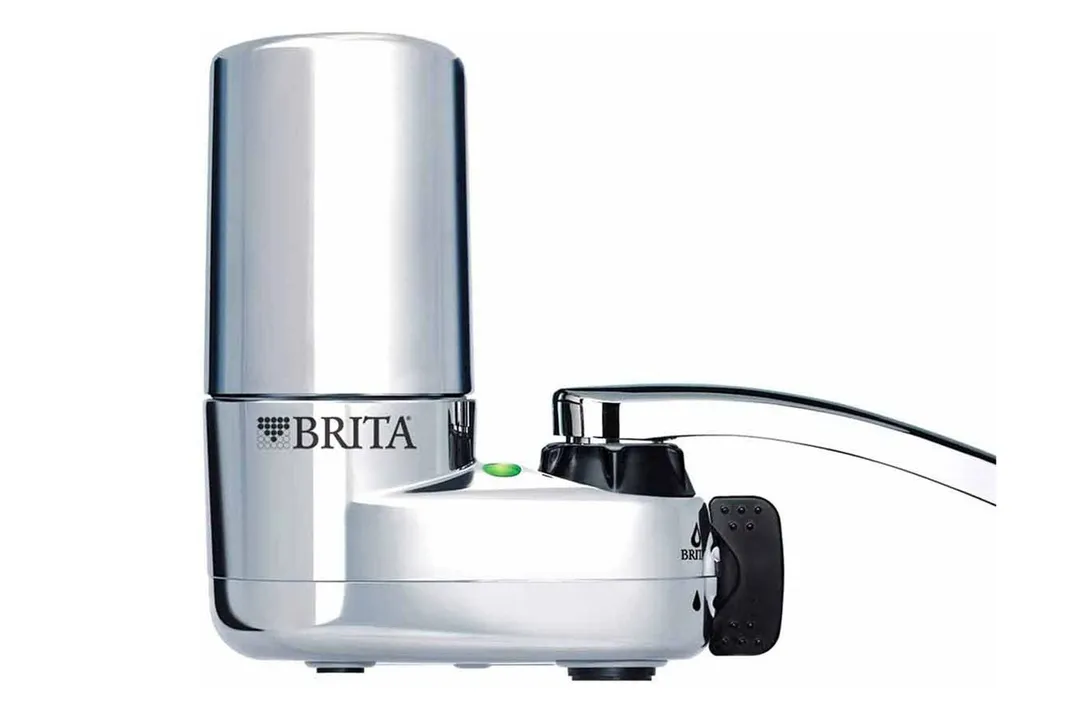
All of Brita’s filters are tested and certified by the National Science Foundation (NSF) and the Water Quality Association (WQA).
What Does Brita Filter Out?
You can use the table below to see what type of contaminants each filter is capable of removing.
Chlorine is generally the reason why tap water has an off-taste and disconcerting odor. All of Brita’s filters can remove chlorine, so if your aim is just to make the water taste better, any one of them will do the trick.
The Brita Standard is your best choice in this case since it’s the most affordable. When you aren’t looking for heavy-duty filtration, there’s no need to invest in expensive models like the Longlast. The heftier filters should be reserved for situations that will utilize all of the benefits they bring to the table.
When it comes to eliminating contaminants, it’s clear that neither the Brita Standard nor the Brita Stream is well-equipped for the job. Therefore, if you’re hunting for a water filter either because of health concerns or a bad water supply, the Brita Longlast and Brita Faucet Mount are your only options.
How Long Do Brita Filters Last?
When it comes to longevity, Brita scores far better than PUR and any other company on the market.
The Brita Longlast, for example, can last approximately six months (or, more specifically, about 120 gallons). A single replacement filter costs about $17, which isn’t so bad when it can last you half a year.
Brita’s other “premium” product— the Brita Faucet Mount filter— lasts roughly four months on average and costs $19 to replace. It wears out quicker and is more expensive, certainly, but some people find the added convenience and better filtering ability to be worth the money.
The company’s entry-level products like the Brita Standard and Brita Stream each cost $7 per unit— less than half the price of either the Longlast or Faucet Mount. However, they also have shorter service lives. Both the Standard and the Stream can only be used for about two to three months (or about 40 gallons of water) before they have to be disposed of.
Brita Water Filter Systems
Water Filtering Pitchers
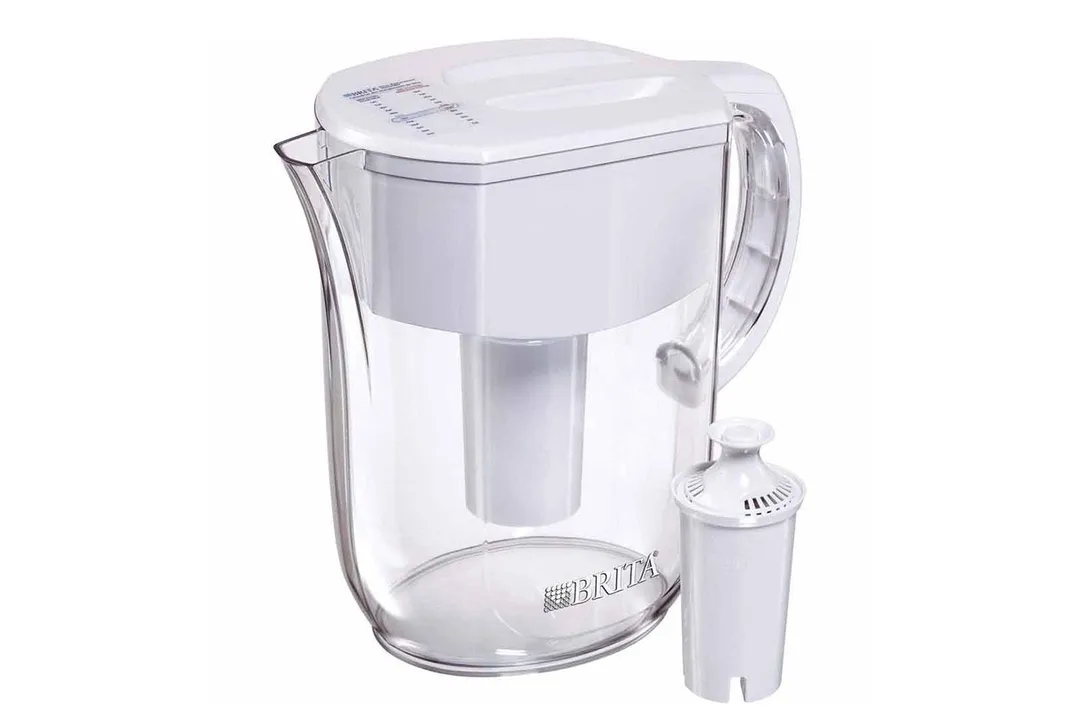
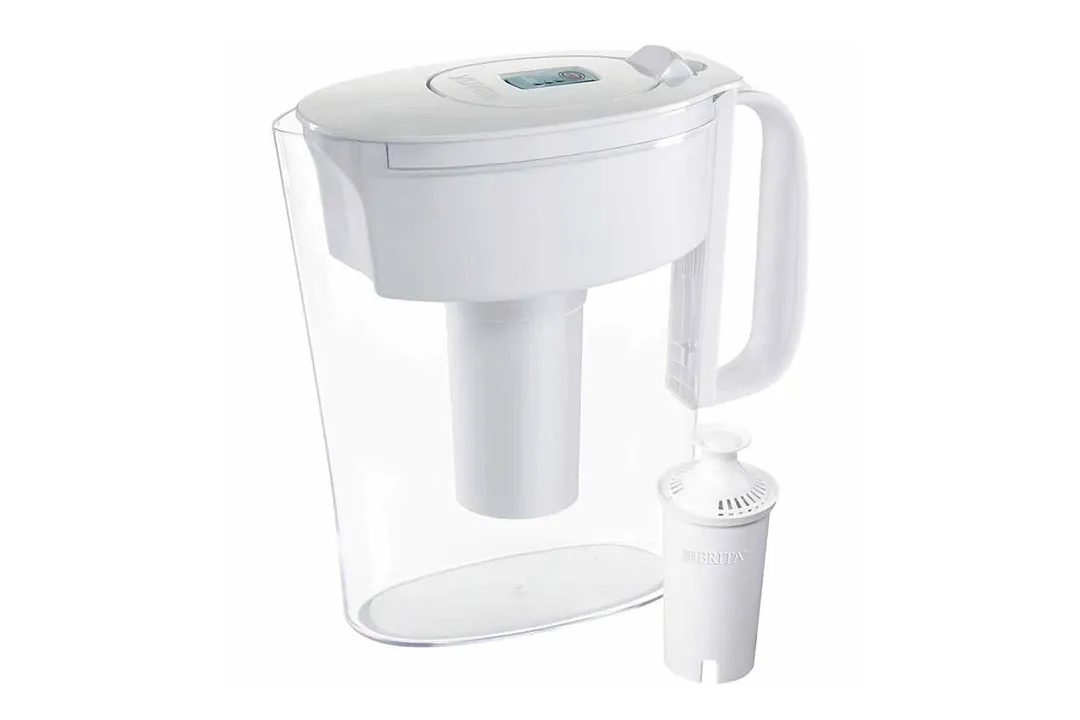
Brita currently has about a dozen different pitcher models on offer. Fortunately (depending on how you look at it), most of them only differ from one another in terms of aesthetics. Occasionally, one model may also use a different type of filter than the other but overall, they all work the same way. Therefore, you only need to consider two things while you’re shopping: pick the type of filter you want and then just choose the most attractive one that will match your needs.
At the time of this writing, the Brita Everyday pitcher (10-cup) is the most popular. The pitcher is shipped alongside a complementary Longlast filter. If you want more affordable filtering, you can opt to get a Standard filter once the initial Longlast filter has run its course. Both Standard and Longlast filters fit the same receptacle in the pitcher.
On the affordable side is the Brita Standard Metro (10-cup). It also accepts either a Standard or Longlast filter, but the difference here is that it only costs around $15. It would be the best choice if you’re on a tight budget.
Faucet-Mounted Filters
Although Brita only has a single series of faucet-mounted filters called Brita Basic, there are actually two “unofficial” variants: the ordinary (it doesn’t have a name) and the Complete version.
The ordinary Brita Basic serves as a no-frills water filtration unit. It offers two spray settings: a regular stream filtered water setting for drinking and a regular stream unfiltered water setting for other tasks. There is a filter-change indicator on the unit that will tell you exactly when you need to replace the filter.

A second, costlier variant called the Brita Complete Basic brings many extra features to the table. First, you can choose between three different spray options: regular stream filtered water, regular stream unfiltered water, and unfiltered spray. The extra unfiltered spray setting can be useful for washing dishes.

The Complete model also has a filter-change indicator, but unlike the ordinary Basic which has a mechanical indicator, this one is electronic. When the filter is ready to be replaced, the LED light on the unit will start flashing.
Besides these minor design differences, both models are the same in terms of filtering performance. They use the same type of filter. Choosing one over the other boils down to personal preference and your willingness to spend.
Nonetheless, according to many of the reviews left by past buyers, the extra improvements that the Complete model brings to the table are far too minor to be worth the extra markup. So in most cases, the ordinary Basic variant will be satisfactory.
All You Need to Know About PUR Filters
Whereas Brita offers four different filters, PUR’s portfolio consists of only three kinds of filters: the PUR Basic Filter, PUR Lead Reducing Filter, and the PUR MineralClear Filter.
It’s important to note here that the PUR Basic Filter has two variants: one for pitchers and one for faucet-mounted filtering systems. Meanwhile, the PUR Lead Reducing Filter is unique to pitchers and the MineralClear operates only on faucets. So overall, you can choose between two types of filters for each system, but there are only three kinds of filters available.
PUR filters are built using the company’s patented Maxion Filter Technology. They don’t go into the technicalities about the filter tech, but according to the manual, it’s a special blend between GAC filtering tech and ion-exchange resin beads.
The WQA has certified all PUR filters as capable of filtering out common chemicals like chlorine as well as more dangerous kinds like mercury and pesticides. But, like its name suggests, the Lead Reducing Filter is able to deal with lead contamination far more effectively than either the Basic or MineralClear.

Meanwhile, MineralClear is equipped to deal with heavy water (water that has a high concentration of dissolved minerals).
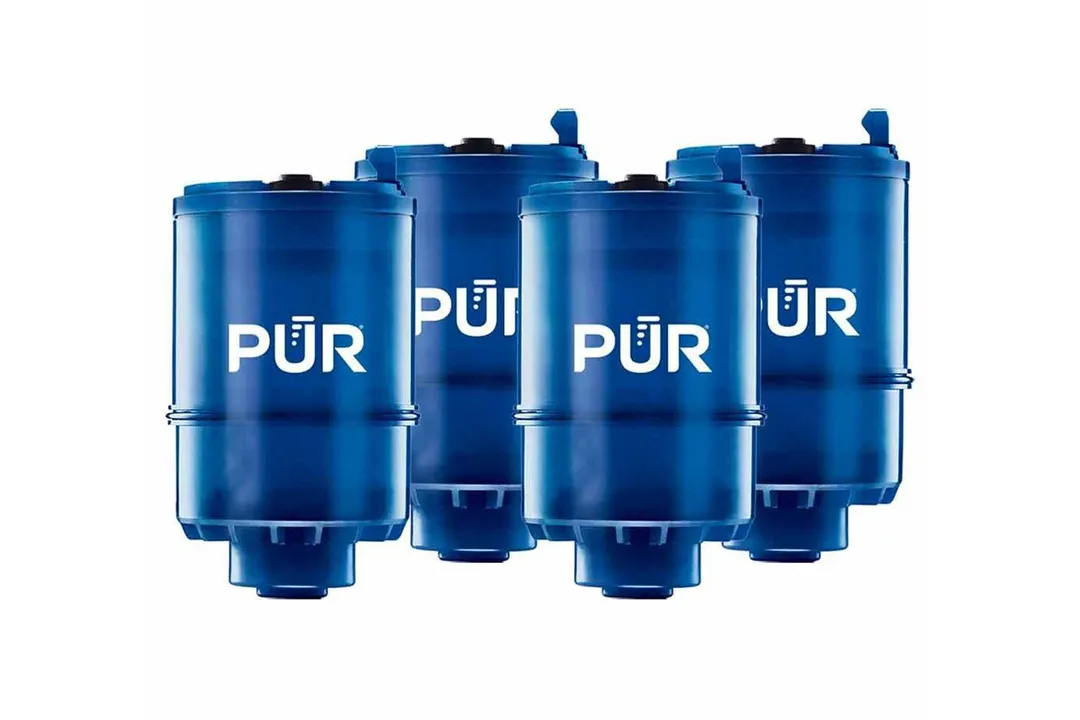
The Basic is a well-rounded system that can clean up most chemicals of note, but isn’t particularly better in any particular category.

What Does PUR Filter Out?
Here’s a short table of all the notable chemicals that each PUR filter model can handle.
It is clear that PUR has the advantage over Brita when it comes to filtration ability. Even the most affordable PUR filter (the PUR Basic) can take out most notable chemicals, with the only exception being lead. If you think that your water supply is contaminated by lead, use either the PUR Lead Reducing Filter or the MineralClear Filter.
Overall, it is far easier to pick a PUR filter. The only big thing that you need to take into consideration is whether or not lead reduction is an important concern for your water supply. Otherwise, even the Basic filter will be able to freshen up your water significantly.
Furthermore, because all three filters are rated to remove chlorine, any of them can improve the quality of your drinking water. However, since the MineralClear can eliminate dissolved minerals better than the other two, it will be the better choice if you seek tastier water.
How Long Do PUR Filters Last?
Though PUR filters have better performance, they don’t last nearly as long as filters from Brita. Both the PUR Basic and PUR Lead Reducing Filter are only capable of filtering approximately 40 gallons of water (about 2 months of use.)
This is about the same usable time you would get with Brita’s entry-level filters like the Brita Standard and Brita Stream.
Even the PUR MineralClear filter — the one that can last the longest out of the trio — can only provide about 3 months of heavy use (roughly 100 gallons.)
The pricing for replacement filters is about equal to Brita’s. You can get PUR Basic replacement filters for about $11-$12 each. The Lead Reducing Filters are sold in packs of three for about $25. Meanwhile, a two-pack of the PUR MineralClear Filter will set you back about $20.
Because they don’t last for nearly as long as Brita’s filters, PUR water filtration systems will be more expensive to maintain. Regardless, to many people, the extra cost is well worth the better filtering ability that PUR offers. So, if you prize filtering performance above all, you should seriously consider investing in a PUR system.
PUR Water Filter Systems
Water Filtering Pitchers
Similar to Brita, PUR has released many water-filtering pitcher models through the years. According to top-selling charts, the PUR Ultimate Filtration Water Filter Pitcher (7-cup) is their most popular. Relatively affordable with a good-looking design and decent filtering power, it’s a great pitcher to consider if you’re interested in PUR’s hardware.
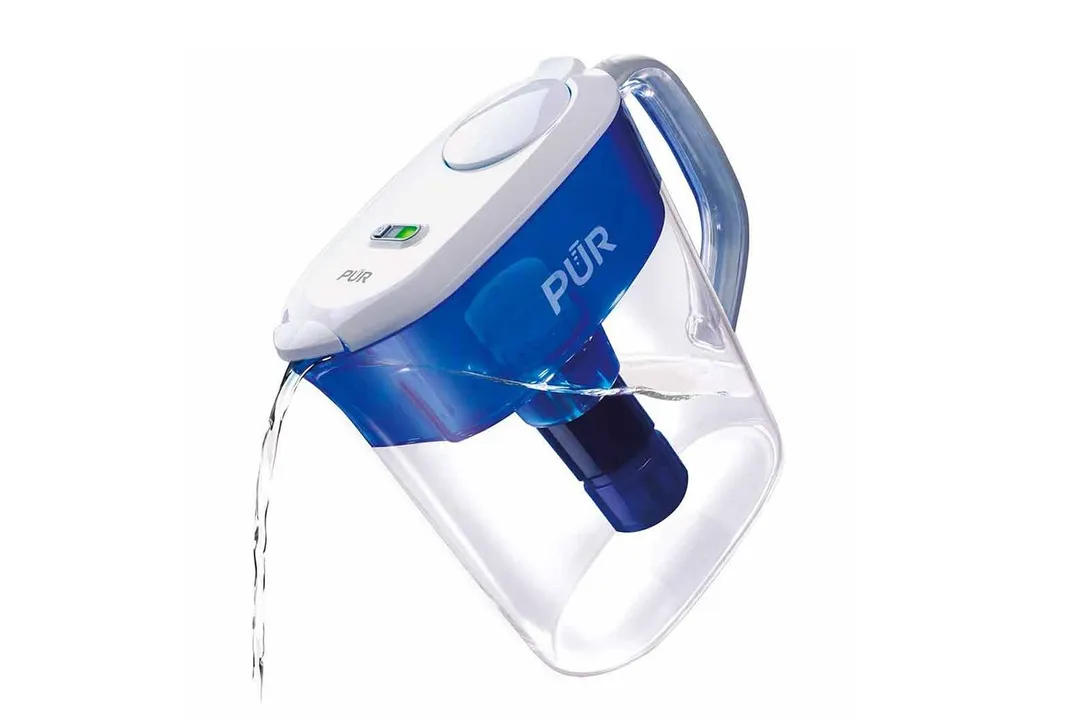
If the 7-cup capacity is a bit too low, the company also has an 11-cup version. Aside from enlarged volume, this pitcher also has a digital LED filter indicator. When the filter’s service life has run its course, the light will start blinking. Of course, all of this comes with some extra costs.
Faucet-Mounted Filters
PUR’s offerings in the faucet-mount filter department are noticeably more innovative than Brita. While Brita has two models with only very minor differences between one another, PUR has a richer selection of models as well as clear price/feature tiers.
Among the most popular PUR faucet filters at the moment is the PUR PFM400H Faucet Filter. Though it can't really be considered as affordable as some others, its excellent filtering performance has convinced a lot of people to take the plunge. The mostly positive reviews that it has accumulated are also good indications that this faucet filter can measure up to expectations.
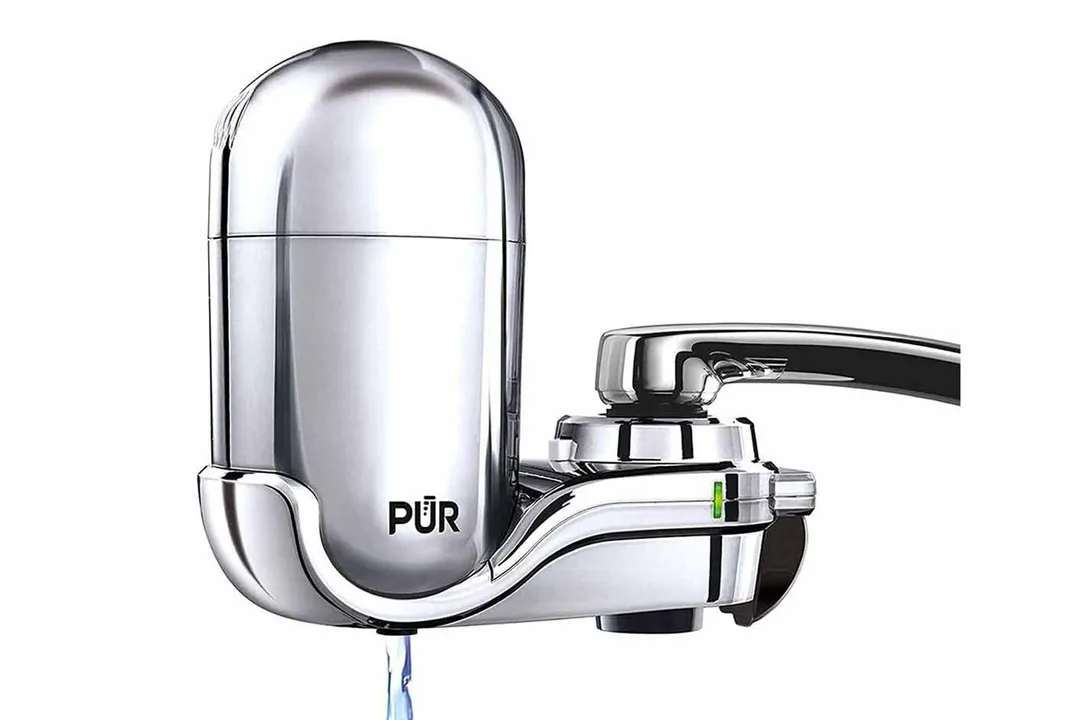
One characteristic that sets PUR apart from Brita is that they’re willing to experiment with new tech, as seen in the PUR PFM800HX Bluetooth Ultimate Filtration System. The filtering unit contains integrated smart sensors and a Bluetooth module that allow it to connect to your smartphone. You can track the unit’s water consumption and the status of the filter via an app.
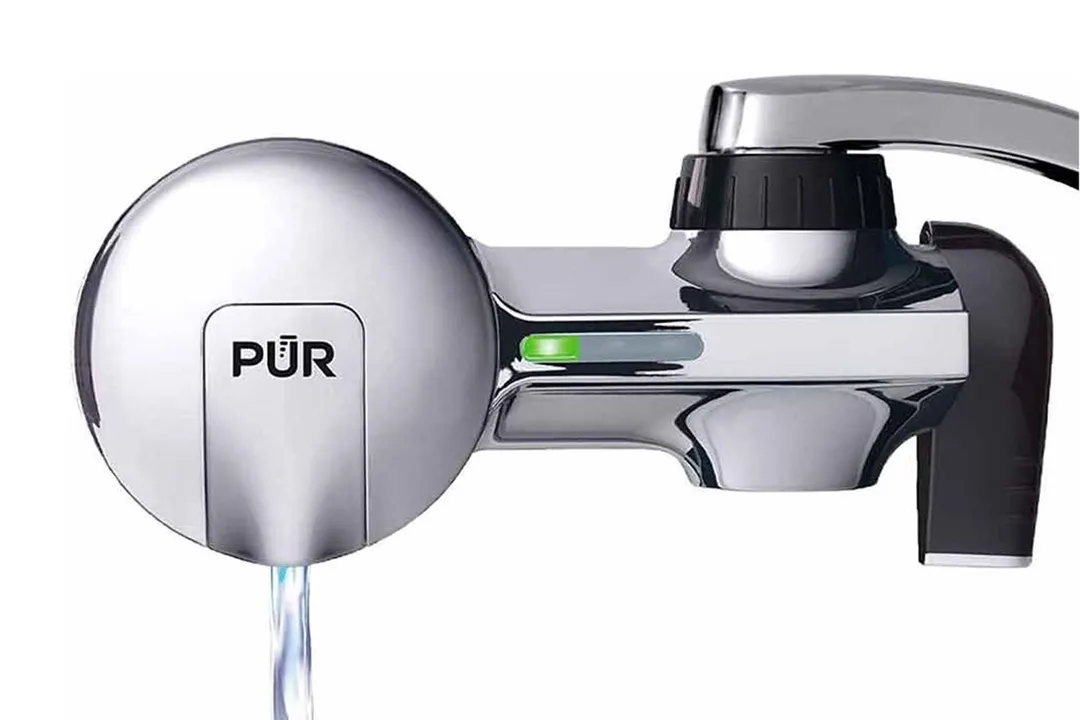
Round-Up: Which One Should You Choose?
Why Choose Brita?
Brita has affordability and longevity on its side. All of its water filtering systems (pitchers and faucets) are cheaper than their PUR counterparts. Replacement filters are also cheaper than PUR’s spare filters.
Another advantage that Brita has is that, compared to PUR, their products are more widespread. You can find them in any brick-and-mortar hardware outlet and it takes just a few keystrokes online to find their products, too.
So although it may not have as great filtering performance as PUR. If you’re shopping on a budget and want a purchase that lasts for a long time, Brita would be the better of the two to go with.
Why Choose PUR?
PUR’s specialty is filtering performance. Even its basic filter (the aptly-named PUR Basic) can filter out far more contaminants and particulates than Brita’s top-of-the-line filters. For this reason, if you need a serious water-filtering system, PUR should be considered the better one.
Higher performance comes at a literal cost, though. PUR filtering systems are costlier and replacement filters are also more expensive. It doesn’t help that, as previously mentioned, PUR filters don’t last nearly as long as Brita filters.
You should also keep in mind that PUR replacement filters and systems are notoriously difficult to find. You may need to do some online digging to get the exact model or replacement parts that you need.
The long and short of it, though, is if performance is more important to you than anything else and you are willing to spend the time and money to get it, choose PUR.
Conclusion
We hope this Brita vs. PUR comparison has answered some of your burning questions regarding these brands. Both are reputable manufacturers that craft some of the best filtering systems on the market. But they each have special characteristics that will likely make one brand better for you than the other.
Keep these quirks in mind and you can make an informed decision on what system and what filter to choose for your household.
About your guide
Luna Regina is an accomplished writer and author who dedicates her career to empowering home cooks and making cooking effortless for everyone. She is the founder of HealthyKitchen101.com and HealthyRecipes101.com, where she works with her team to develop easy, nutritious recipes and help aspiring cooks choose the right kitchen appliances.


